 Lights partly powered by drinking water?
Lights partly powered by drinking water?
As infrastructure ages, clever solutions are being invented to create sustainable energy systems. A new method adopted in Portland, OR captures energy as water flows through the city’s pipes, creating hydropower without the negative environmental effects.
According to an article in Fast Company, small turbines in the pipes spin in the flowing water, sending that energy into a generator. The power is sent into the grid, and although it isn’t enough energy to run a city, the pipes could potentially power individual buildings like a library or school, or help offset an energy bill. An interesting feature is that the system can generate electricity at any time of day, regardless of weather, since water is always flowing through the pipes.
Greater potential may be California, where a large chunk of energy usage goes into the water supply. With these pipes, utilities might generate some of their own much-needed power.
Click here to read the full article.
Portland and Mt. Hood from Wikimedia Commons, the free media repository courtesy of Amateria1121

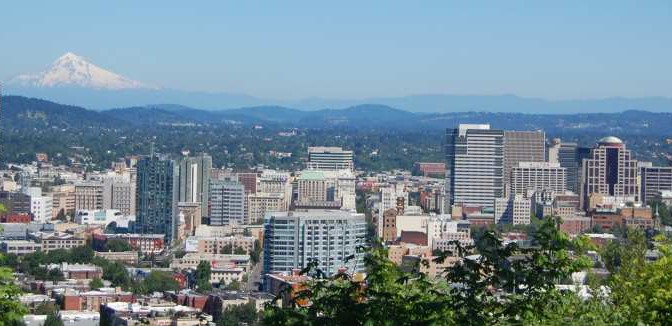
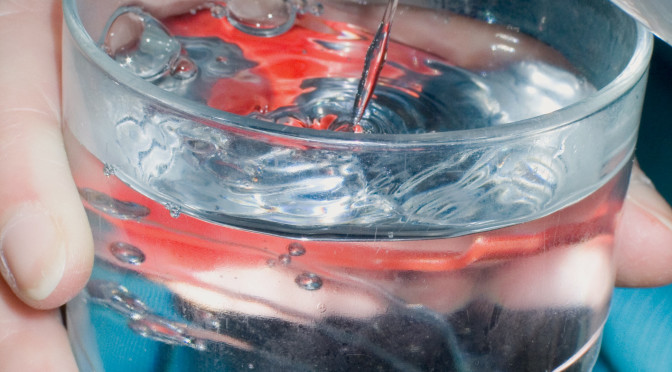
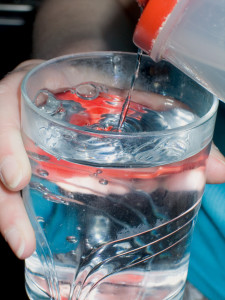 UV disinfection is the most common method used in residential rainwater collection systems.
UV disinfection is the most common method used in residential rainwater collection systems.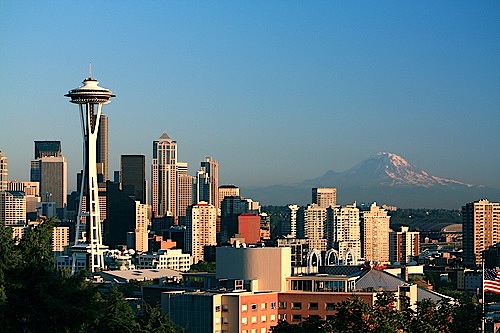
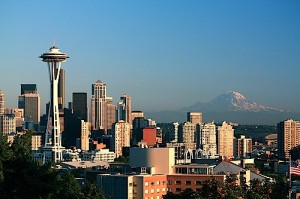 Is Seattle Making Progress on Stormwater Solutions?
Is Seattle Making Progress on Stormwater Solutions?